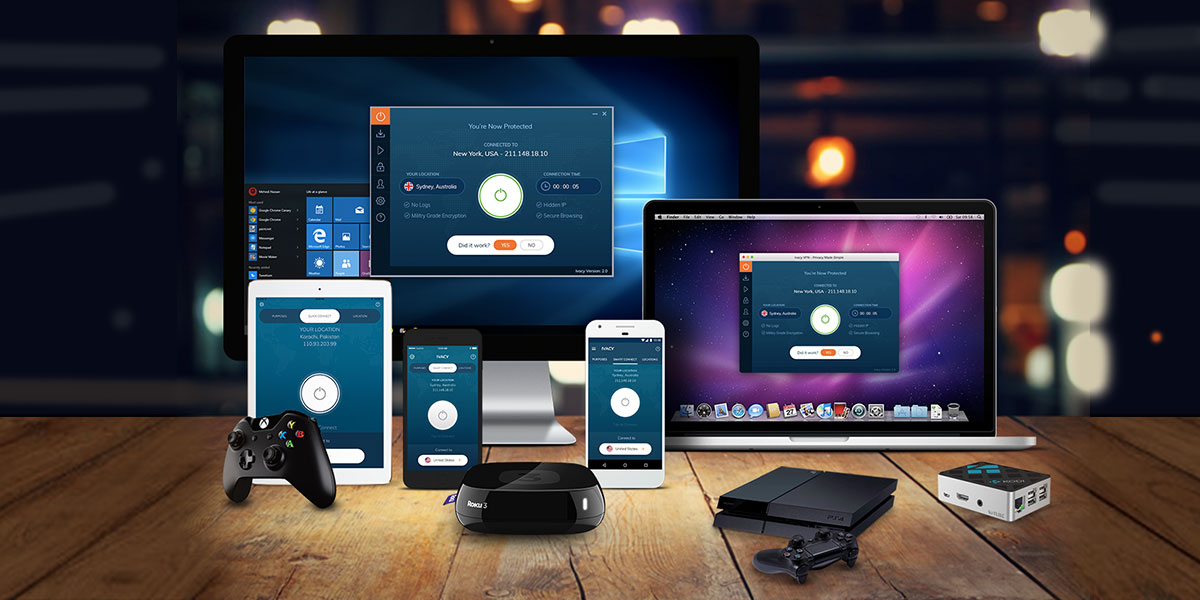Hinted by its namesake, Amazfit and its products are all about assisting you in your fitness goals and improving your well-being. Amazfit’s new smartwatch, the T-Rex, is the health-tech company’s rugged offering: it’s meant to be a companion that is capable of withstanding the elements while you’re out on your adventures.

| Specification |
Amazfit T-Rex |
| Dimensions |
47.7 × 47.7 × 13.5 mm
|
| Weight |
58g (with strap) |
| Body Material |
Polymer materials
|
| Waterproofing |
5ATM, supports swimming
|
| Screen |
- 1.3”AMOLED, 360×360 (392 ppi)
- Corning Gorilla Glass 3 + anti-fingerprint coating
|
| Sensors |
- BioTrackerTM PPG Bio-Tracking Optical Sensor
- 3-axis acceleration sensor
- Geomagnetic sensor
- Ambient light sensor
|
| Positioning |
Dual-Sattelite GPS + GLONASS
|
| Connectivity |
Bluetooth 5.0/BLE
|
| Battery |
390mAh LiPo (Minimum value)
|
| Supported Devices |
Android 5.0 or iOS 10.0 and above
|
Design
The T-Rex has an unmistaken sports-watch design language all around. It has a crafty, durable outer ring bezel, with a stretchy silicone strap that doesn’t irritate my skin. The strap is also easy to replace. The watch body itself is at the larger end, measuring 48mm. And with the included strap, the T-Rex weighs 58g, which I haven’t found to be fatiguing at all. The 1.3-inch display is inset, protected by Gorilla Glass 3, and well-surrounded by the outer ring. The casing has bumpers for impact resistance, and the whole enclosure is sturdy enough to withstand a dozen military-grade tests from the MIL-STD-810G standard. This means that the T-Rex can withstand extreme temperatures and humidity (-40°C to 70°C), can resist some abrasive compounds, and can take a dive down to 50 meters. There are four buttons on the watch to navigate the watch interface, but they feel pretty cheap and are probably my least favorite aspect of the design.

For a $130 rugged watch, the display on the Amazfit T-Rex is quite adequate. It’s an OLED with 360×360 pixels over its 1.3-inch screen, or about 392 pixels-per-inch. The display can get up to 350 nits of brightness, which is decent for the price. This should be fine for quickly checking your watch in all but the sunniest conditions, in which navigating through the T-Rex does become impractical. And for the watch aesthetic, the dial face loses most of its vibrancy when viewed outdoors.
Inspired by G-SHOCK
The aesthetics of the Amazfit T-Rex undeniably take after G-SHOCKs, down to the lettering on the case ring and the style of the available watch faces. While the T-Rex does not look or feel quite as premium as Casio’s offerings, in neither the body nor the strap, I’m okay with the overall look of this thing (besides being too big for my wrists) for street/sportswear. Although, I do feel that it’s being held back by Amazfit’s limited selection of watch faces — few of which I would ever actually use.



The issue with this sporty-style smartwatch is that when the display isn’t active, the whole body aesthetic just looks silly with a blank dial, especially with how big it is. Fortunately, the T-Rex’s OLED display does support an Always On Display, at the cost of a healthy portion of the watch’s extensive battery life. However, Amazfit only offers two Always On watch faces: an analog dial and a digital face, both being disjointed designs from any of the watch face selections. Admittedly I’m rather inept at reading analog clocks, but I found the digital offering for the Always On Display so terrible that I preferred the other option, where awakening the main watch face would be the faster way for me to read the time.
Software & Features
Compared to some of Amazfit’s previous smartwatches, there isn’t really any difference with T-Rex on the software side. But if this is your first look at an Amazfit watch, they provide some useful features to aid you in your workouts and even in your sleep (if you’re into that kind of thing). Amazfit’s smartwatches run on their own closed Android-based operating system, called Amazfit OS. Sadly, this means that the T-Rex’s software capabilities are limited to what Amazfit can offer in its OS, and that’s it. The interface and touch experience are not the most responsive, but it’s consistent without any major hangups or crashes. A swipe up or down takes between the quick toggles, step counter, and heart rate panel. A swipe right reveals your texts and notifications (given you enable the watch access to this information in the Amazfit App), and a swipe left reveals Amazfit OS’s available apps.
Amazfit OS’s included apps include Status, Heart Rate, Workout, Activities, Weather, Music, Alarm, Event reminder, Timer, Countdown, Find my phone, Compass, and Settings. Tushar Mehta wrote a thorough rundown of all these apps in his review of the Amazfit GTR.
Here’s a rough list of what the T-Rex can do:
- Continuous heart rate detection, heart rate alert, heart rate sharing, heart rate time graph, & sleep assistant
- Step counter, calorie & distance tracker
- Own GPS & Compass
- Idle alert – Watch will vibrate if you’ve been inactive or sitting for too long
- Lift wrist to wake
- Always On Display
- Alert incoming calls, texts & notifications
- Reminders
- Find watch from phone & Find phone from watch
- Flashlight
- Do Not Disturb
- Workout & Activity tracker + logger
- Weather forecast
- Music control
- Timer & stopwatch
- “SELECT” button shortcut
The Workouts app is the heart of Amazfit’s watches, which can record and track your exercises. Once you begin tracking your workout, the T-Rex will show you information related to the exercise, such as elapsed time, distance traveled, speed, heart rate, and a few others, including graphs of some of the data. Once you finish your workout, you may save it, and it is recorded on the Activities log, which you can also view on the Amazfit app on your phone for a full breakdown. In the Amazfit app, it also allows you to save one long picture of all the workout’s information, which I thought was neat.


The other apps and features themselves are straight-forward, but I found some of them to just be a pain to use. The Workouts selection seems overloaded with too many up-front options for exercises, and many of the selections track the same metrics anyway. When looking up the weather, the T-Rex would sometimes tell me there is no info and to update it in the app when I already have. Lifting the watch doesn’t always work even at the highest sensitivity, and the watch doesn’t wake when I turn my wrist, forcing me to use my other hand or spazz my arm.
The GPS can take anywhere from five-to-fifteen seconds to lock in outdoors, which is longer than I’d like, but I found it to be normal for a smartwatch. In terms of accuracy, I’ve tracked a few runs with both the T-Rex’s “dual-satellite GPS” (which I’m not sure if that’s dual-frequency GNSS) and my OnePlus 7 Pro (which does support dual-frequency GNSS), on a measured loop. The discrepancies weren’t too large — about 0.05 miles difference between the phone and the watch for a couple mile jogs with a good GPS signal. Since the T-Rex does have physical buttons, one cool thing Amazfit provides is assigning a shortcut to the “SELECT” button. When it’s pressed on the main watch face screen, it launches the Amazfit app of your choosing. By default, it launches the Workout app and shows you the variety of exercises that can be tracked. However, I believe it would be helpful if it could launch into one of the specific Workouts instead, or if the Workouts list were re-arrangeable.
No music streaming
What’s vital and missing from the T-Rex as a quasi-fitness watch is music storage and streaming. Right now, the T-Rex can only control the music service running on your phone. But when tracking a workout on the T-Rex, you can’t even change your music from there. Music is an integral part of exercising for many people, and carrying around a phone is not ideal for many physical activities, such as running or swimming. As Huami’s CEO Huang Wang once said, during his announcement of Amazfit’s new products at CES 2020, “No music, no fun.”
A watch made for fitness and adventure is incomplete without its own music streaming capabilities.
Furthermore, if I am to carry my phone on a run, I could just use an app like Runkeeper on my phone instead of using the built-in GPS on the T-Rex. For me, the omission of music streaming relegates the T-Rex as a heart rate detector in most cases since I’d rather utilize my phone for assistance if I have it with me.
Battery
If there’s one thing I’ll boast about for the T-Rex, it’s how long it lasts on a single charge. Amazfit claims 20 days of battery life on the T-Rex with heart rate monitoring always on, Always On Display turned off, and with normal usage. That’s way past my expectations for the battery life of a smartwatch, so I felt confident in turning on the Always On Display purely for the aesthetic. With the feature turned on, I was seeing 5–6 days before the watch would power off. Always On Display was a big hit for the battery, but battery life can be still be classified as excellent. I tested it out without the Always On Display enabled, after 5 full days I ended with 75% battery, right on track for the advertised 20-day juice. I decided to keep it on, despite cutting the T-Rex’s runtime to a quarter of its touted stamina. If you go on a hike and lose your phone, Amazfit says the T-Rex can last up to 66 days without a Bluetooth connection to a phone.

The T-Rex charges with a magnetic pogo pin connector, which I don’t find to be the most user-friendly; the correct docking orientation isn’t immediately obvious, and the charger repels and incorrectly latches while rotating the watch to find the proper charging position. But at least this thing recharges from empty pretty fast — after discharging to zero, it takes just less than 30 minutes to charge to 50% (which is another three, or ten, or thirty-three days battery life), and about another hour to fully top off to 100%.
Final thoughts
I absolutely love the concept of a durable fitness watch. I really do. It gives me peace of mind that the tech exposed on my wrist will be fine when I want to get physical. But I’m not sold on the T-Rex being anything more than a heart rate tracker and step counter. It does sort of match a street/sporty aesthetic, but you’ll need wrists big enough for the T-Rex to not look like a watch from Ben 10. At $130, it’s much cheaper compared to some of the smartwatches from bigger brands, but not “smart” enough to really even compare. This thing is nowhere near a replacement for any of the tools or capabilities of your smartphone — no notification actions, no music streaming, no texts or calls — though I understand that this is not the T-Rex’s aim. It’s an alternate way of doing things that you can already do on your phone while also tracking your heart rate. For me, the T-Rex would have potential as a stand-alone accessory, apart from my phone, if only it had onboard music storage. But without being able to listen to tunes, my workout is lugged down more than just carrying my phone.
Amazfit has provided us a Gun Grey T-Rex for review.
The post Huami Amazfit T-Rex Review: A Smartwatch that’s Durable in Build and Battery appeared first on xda-developers.
from xda-developers https://ift.tt/36NP0My
via
IFTTT






 The post shared by Mr. Fei shows a photo of an upcoming Nubia phone that is using 9.6A at 8.4V. This means it’s being charged at 80W using the USB Type-C Power Delivery protocol. The phone in question should debut as the Nubia Red Magic 5G. MWC is a probable launch time-frame, although it’s possible that Nubia could skip the event and launch the phone later.
The post shared by Mr. Fei shows a photo of an upcoming Nubia phone that is using 9.6A at 8.4V. This means it’s being charged at 80W using the USB Type-C Power Delivery protocol. The phone in question should debut as the Nubia Red Magic 5G. MWC is a probable launch time-frame, although it’s possible that Nubia could skip the event and launch the phone later.
















